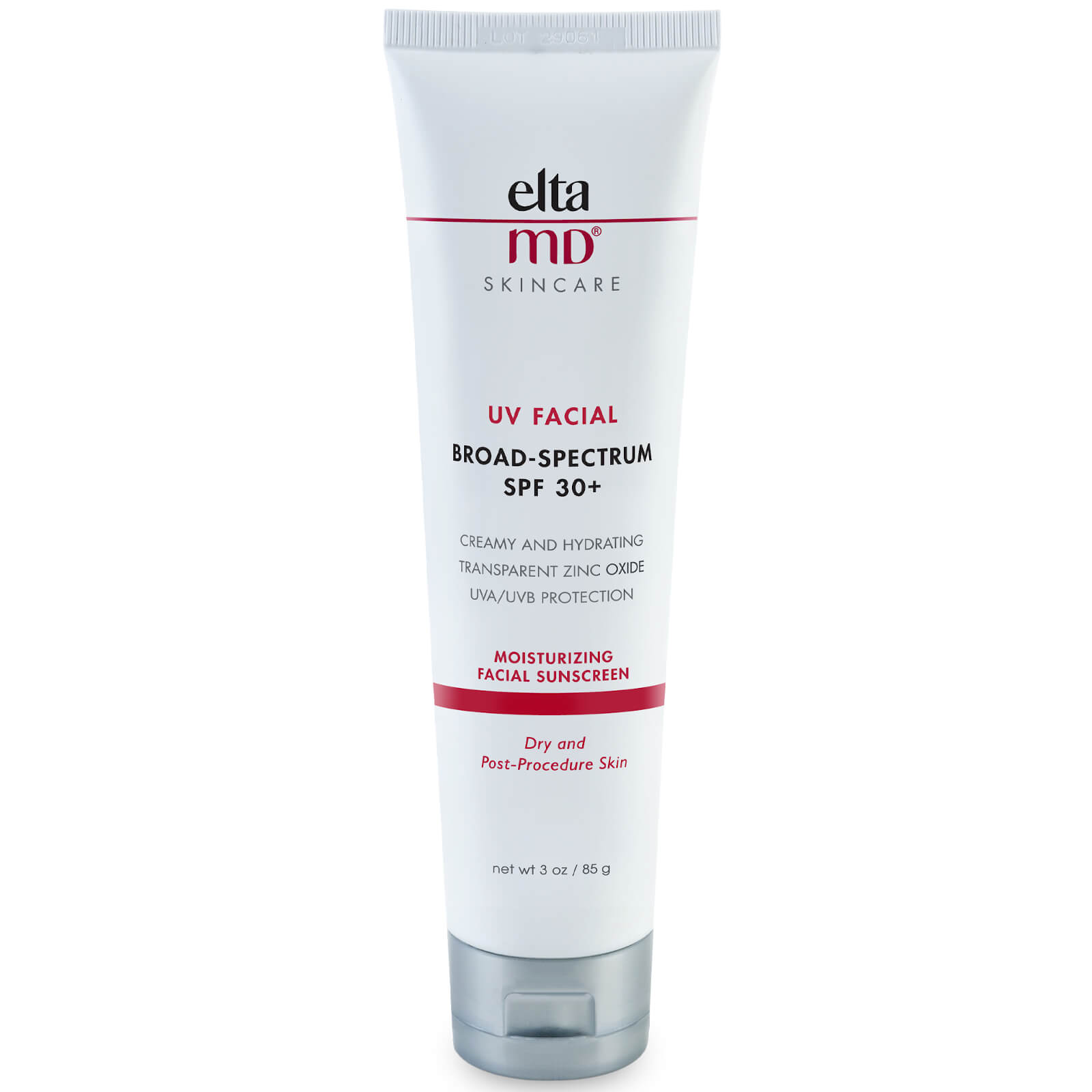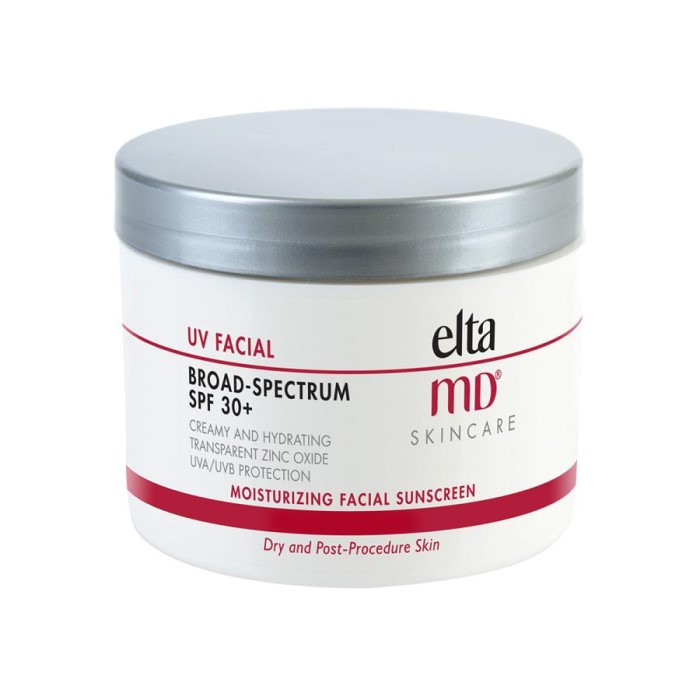
UV Facial Broad-Spectrum SPF 30+
$35

UV Facial Broad-Spectrum SPF 30+
$35

We are located approximately one mile north of the beltway at the corner of Georgia and Dennis Avenues. The entrance to the parking lot is located on Dennis Avenue.
Get Directions|
Monday: |
8:00AM - 4:45PM |
|
Tuesday: |
8:00AM - 4:45PM |
|
Wednesday: |
8:00AM - 4:45PM |
|
Thursday: |
8:00AM - 4:45PM |
|
Friday: |
8:00AM - 4:45PM |
|
Saturday: |
8:00AM - 12:00PM |
|
Sunday: |
Closed |
Book an appointment with a provider.

Michelle Levender, MD, FAAD
Cosmetic DermatologySkin CancerGeneral Dermatology
Accepting New Patients

Ardeshir Edward Nadimi, MD, FAAD, FACMS
General DermatologyCosmetic DermatologySkin Cancer
Accepting New Patients

Ashley DiLorenzo, MD, FAAD
General DermatologyCosmetic DermatologySkin Cancer
Accepting New Patients
At U.S. Dermatology Partners in Silver Spring, our dermatologists are devoted to providing you with top-notch care throughout your life, from your early years to your golden years and everywhere in between. We are dedicated to helping you maintain healthy skin for a lifetime.
U.S. Dermatology Partners Silver Spring, formerly DermAssociates Silver Spring, offers complete medical, Mohs micrographic surgery and cosmetic dermatologic care in Silver Spring, Maryland. The board-certified physicians at our Silver Spring dermatology practice are dedicated to providing you and your family with exceptional medical, surgical and cosmetic dermatologic care. Our practice was established in 1974 by Dr. Norman Lockshin, who is recognized as one of the top dermatologists in the Washington, D.C., area.
All of our physicians are board-certified in dermatology. The diverse medical training of our physicians offers patients varied medical perspectives for treating the most complex cases. At our Silver Spring dermatology clinic, patients receive the best in care for skin conditions such as acne, psoriasis, and eczema. We also have trained Mohs Surgeons on staff, applying cutting-edge technology to skin cancer treatment. You can view a full list of our services below.
Our Silver Spring dermatology team is proud of the reputation it has built on local, regional and national levels. Our board-certified dermatologists regularly speak to groups, sharing their knowledge and experience on current dermatologic topics.
Our physicians train the best because they are the best. Our physicians are actively involved in resident education. They train residents at Johns Hopkins University, New York University, the Washington Hospital Center, George Washington University, Georgetown University and the Uniformed Services University of the Health Sciences. Their enthusiasm and knowledge of their specialty help educate residents in other specialties about the practice of dermatology.
U.S. Dermatology Partners Silver Spring, formerly DermAssociates Silver Spring, is honored to be recognized for its standard of excellence, earning top physician accolades in publications including Washingtonian magazine, The Washington Post’s Super Doctors, Washington Checkbook Magazine, Bethesda Magazine and Angie’s List. It is with great honor and appreciation that the physicians receive these recognitions year after year. Visit us to learn why 99% of our patients plan to return for future care.
We are proud to serve the surrounding neighborhoods and areas of Silver Spring, Maryland:
For general inquiries or if you would like to request a call back, please click below to fill out our contact form.
Contact Us
UV Facial Broad-Spectrum SPF 30+
$35

UV Facial Broad-Spectrum SPF 30+
$35
Did you know that we offer Mohs Surgery at our location?
Mohs surgery has the highest cure rates for all non-melanoma skin cancers. For certain cases of the most common types of skin cancer — squamous cell carcinoma and basal cell carcinoma — the cure rate can be as high as 99 percent.